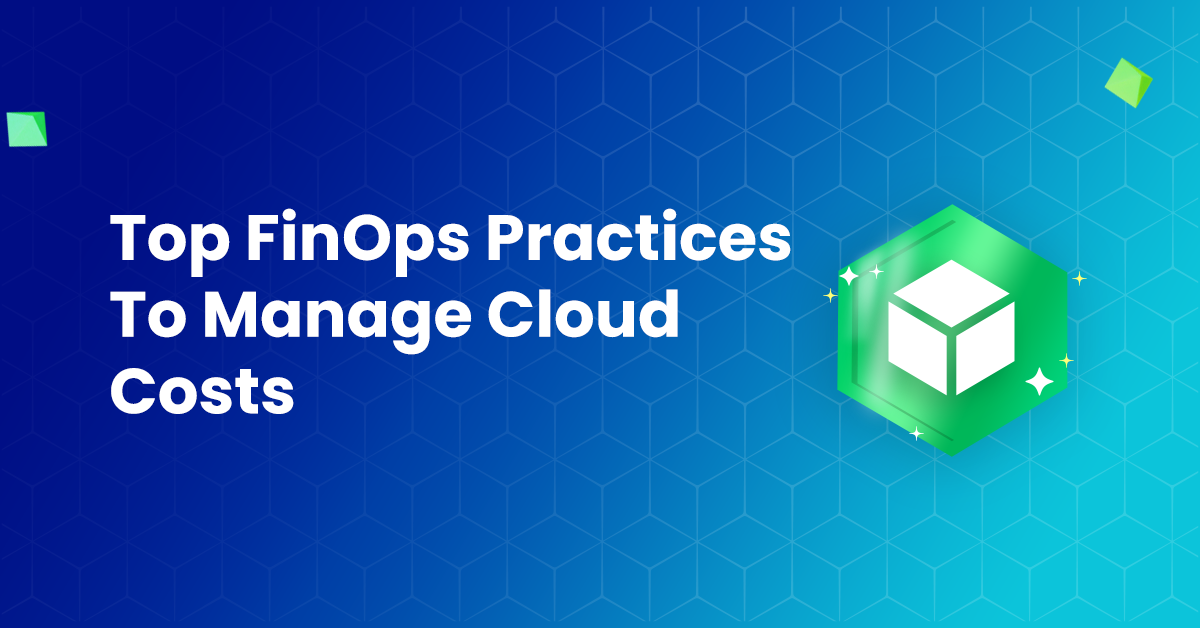Technology
Top 5 FinOps Strategies to Optimise Your Cloud Investment

In the world of digital transformation, optimising cloud investments is paramount for businesses. This is where Cloud Financial Operations (Cloud FinOps) comes into play. Cloud FinOps has revolutionised how businesses manage and optimise their cloud costs. This blog post aims to discuss five proven FinOps strategies that businesses can utilise to optimise their cloud investment, covering essential topics like resource tagging, savings plan commitments, and the importance of not overlooking smaller costs.
Understanding the Concept of Cloud FinOps
Cloud FinOps is a framework that combines systems, best practices, and culture to increase an organisation’s ability to understand, manage, and optimise cloud costs. In an increasingly cloud-centric business environment, Cloud FinOps plays a critical role in ensuring cost efficiency and maximising the value from cloud investments.
Strategy 1: Resource Tagging
One effective FinOps strategy for managing cloud costs is resource tagging. It involves assigning metadata to your cloud resources, making it easier to organise and track them. This practice helps businesses gain a clearer understanding of where and how their cloud budget is being spent. By implementing resource tagging, companies can streamline their cloud operations and make informed decisions about resource allocation, contributing significantly to Cloud FinOps efforts.
Strategy 2: Savings Plan Commitments
Savings plan commitments are another effective way to optimise cloud costs under the Cloud FinOps model. These plans allow businesses to commit to a certain level of usage over a period in exchange for discounted rates. To implement and manage savings plan commitments effectively, businesses need to understand their cloud usage patterns and be able to forecast future usage accurately.
Strategy 3: Regularly Review and Optimise Cloud Usage
Regularly reviewing and optimising cloud usage is a fundamental strategy in the Cloud FinOps arsenal. This process involves monitoring cloud usage to identify unused or underused resources. By eliminating or downsizing these resources, businesses can significantly reduce their cloud costs. A regular review also helps in detecting any anomalies in cloud usage, which could be indicative of operational issues or security threats.
Strategy 4: Implementing a Multi-Cloud Approach
A multi-cloud approach involves using multiple cloud service providers to meet different business needs. This strategy can be highly beneficial from a Cloud FinOps perspective, as it allows businesses to leverage the strengths and cost advantages of different cloud providers. However, implementing a multi-cloud approach requires careful management to avoid complexity and ensure efficient resource allocation.
Strategy 5: Don’t Ignore the Small Costs
In the world of Cloud FinOps, no cost is too small to ignore. While larger cloud expenses tend to draw more attention, smaller costs can add up and have a significant impact on overall cloud expenditure. Regularly reviewing these smaller costs and finding ways to minimise them can lead to substantial savings in the long run.
In conclusion, optimising your cloud investment is not a one-time effort but an ongoing process. By understanding and implementing these five proven FinOps strategies, businesses can take control of their cloud costs and maximise the value from their cloud investments. Remember, every step taken towards effective Cloud FinOps is a step towards achieving business efficiency and success.

Versha Gupta is a tech freak and co-founder of techzimo.com, she spends more of her time searching latest innovations in the tech world. But being a tech freak, she has the same interest in the entertainment world, she watches all the latest web series on OTT platforms and reviews them on Techzimo. Know more about her on Facebbok Instagram linkedin









